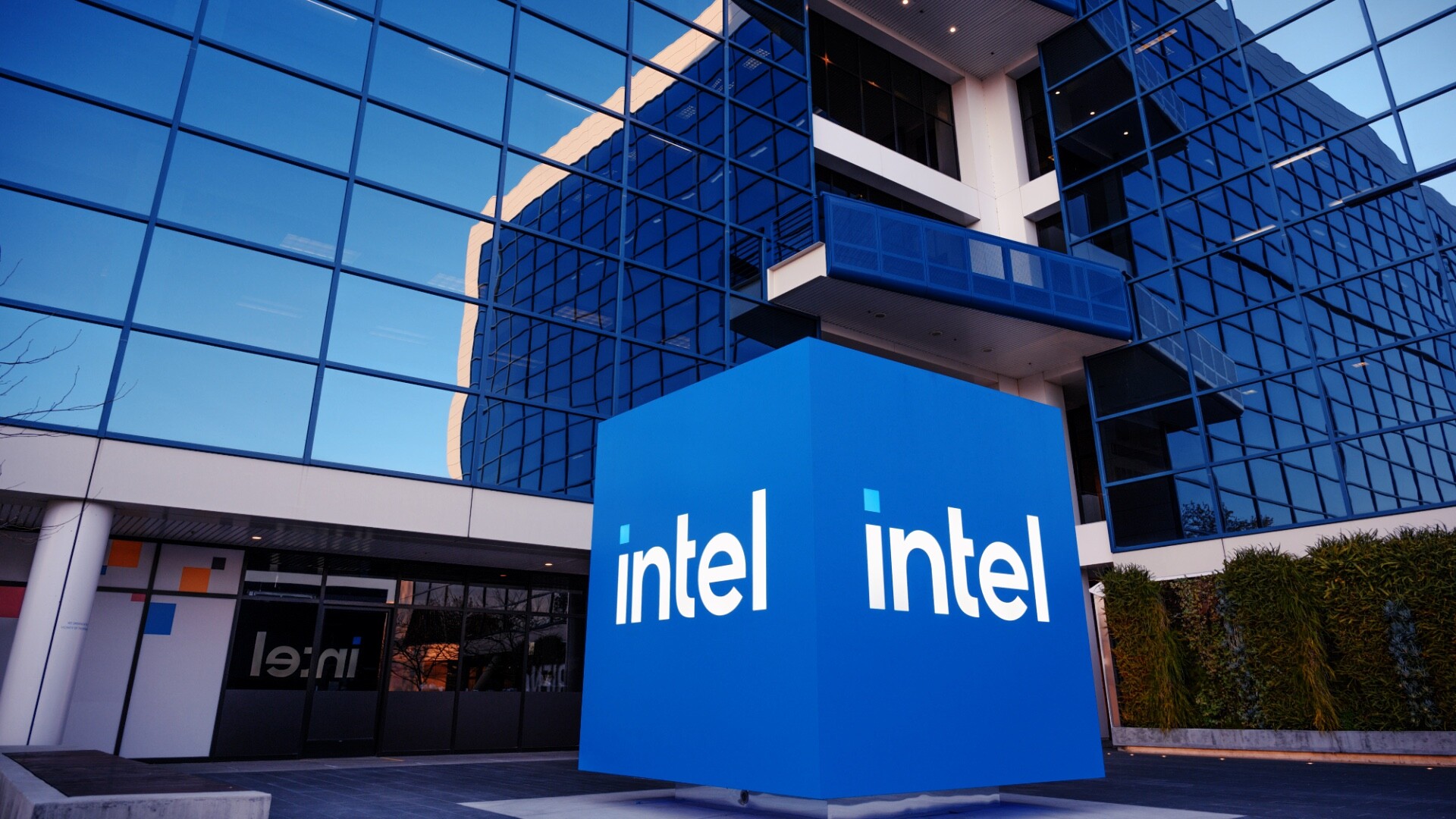The global artificial intelligence market is experiencing an unprecedented boom that resembles more a violent gold rush than a steady technological evolution. The latest figures from IDC show the scale of this revolution: forecasts indicate that investment levels in AI infrastructure alone will reach a dizzying $758 billion by 2029. To understand this pace, one only needs to look at the second quarter of 2025, in which spending on AI hardware and storage rose 166% year-on-year to reach $82 billion.
We are talking about a fundamental change here. This is not another software trend; it is a global arms race for raw computing power. However, in this race that will define the economic leaders for decades to come, the data reveals a worrying disparity. While America and Asia are building the foundations of the new economy, Europe seems to be only a silent observer.
The architecture of global domination
So who deals the cards in this high-stakes game? The data leave no illusions.
The centre of the global market is the US, accounting for an overwhelming 76% of all AI infrastructure spending. It is where the hyperscalers, cloud providers and digital services giants reside, driving as much as 86.7% of all global investment, the data shows. They are the ones who buy the lion’s share of cutting-edge hardware, defining standards, pricing and availability.
China is consolidating in second place. Although its current share (11.6%) is much smaller, the pace of the chase is key. IDC forecasts that it is the China region that will grow the fastest in the world, with a compound annual growth rate (CAGR) of as much as 41.5% over the next five years.
The market is not diversified. We are dealing with the technological duopoly of the US and China, which seems to leave the rest of the world, including Europe, in the role of customer.
EMEA: Just 4.7% of the pie
It is in this context that the position of Europe (EMEA region) looks alarming. During the same period when the US was investing billions, the EMEA region accounted for just 4.7% of global spending. This is less than the Asia-Pacific region (with Japan, but without China).
Worse still, the forecasts do not indicate a rapid catch-up. On the contrary, the gap may be widening. The projected growth for EMEA (CAGR of 17.3%) is more than double that of the US (40.5%) or China (41.5%). Not only are we starting from a low base, but we are running much slower.
This raises fundamental questions. Is this disparity the result of a lack of European hyperscalers capable of competing with Google, Amazon or Alibaba? Do our regulations, while right, discourage investment in hard infrastructure before the market has had time to emerge in earnest? Or have European companies consciously adopted a ‘rent, don’t build’ strategy, accepting a ‘rentier’ role in a world defined by US cloud?
The anatomy of dependency
To understand the gravity of the situation, it is important to know where the gigantic money is going. Well, spending on AI infrastructure today is 98% spending on servers.
However, it is not all about arbitrary machines. The king of the market, accounting for as much as 91.8% of server spending, is accelerated units – that is, servers equipped with powerful graphics processing units (GPUs) and other dedicated accelerators. These are the ‘golden shovels’ in this gold rush. Their sales are up an unimaginable 207.3% year-on-year.
It is these components that are the bottleneck and the real driver of the AI revolution today. And it is these that Europe hardly produces and, as the data shows, does not buy on a mass scale to build its own infrastructure. By moving to the cloud, we become 100% dependent on the supply and pricing of a narrow group of (mainly American) companies.
The strategic costs of European inaction
Being merely a consumer, rather than a creator, in the age of AI carries three fundamental risks for European business.
Firstly, we are losing digital sovereignty. There is a lot of talk about data protection and European values (as in the AI Act), but these discussions become academic when 84.1% of AI deployments are running in cloud and shared environments anyway, controlled by entities outside the continent.
Secondly, we are giving away innovation and margin. The real money in this revolution today is being made by infrastructure providers (accelerator manufacturers) and hyperscalers (service providers). Europe, by focusing on being a ‘user’ of AI models, is giving up profits at the most fundamental and lucrative level.
Thirdly, we are creating a barrier to competitiveness. If AI is the new electricity, then access to computing power is access to power plants. Companies in regions that do not have their own strong infrastructure will pay more and wait longer for the resources needed to train their own models and innovate.
Sleeping through the moment to invest in the foundations of artificial intelligence is not a technical oversight. It is a strategic economic mistake that could define Europe’s position – as a dependent consumer rather than a co-creator of technology – for decades to come.












